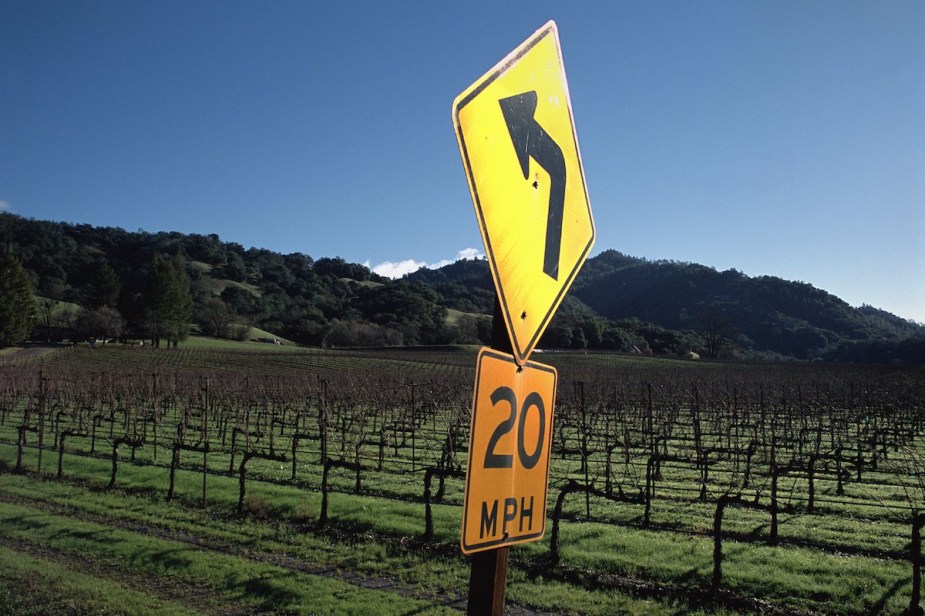
What Is a Curve Management System and How Does it Work?
Many automakers look to distinguish their vehicles with cool new technology features. Some of them are entirely highly innovative. Others are rebranded versions of existing systems or repackaged bundles of known systems. If you’ve heard and are wondering about a curve management system and whether it’s worth having in your car, let’s take a look at this buzzworthy advanced safety feature called the curve management system.
Who offers curve management systems?

While they’re marketed by several different names, curve management systems (CMS) can now be found in an increasing number of automotive brands. For example, Lexus offers the Curve Speed Management system, while Volvo’s CMS is called Curve Speed Assist.
You can find a CMS in select Ford and Hyundai vehicles sold under the moniker Curve Control. But not all CMSs are marketed as standalone features. Some CMS functions are bundled into and marketed with other advanced safety features.
Take, for example, the Kia K900. Its CMS can be found in its Advanced Smart Cruise Control system, which, as the name suggests, primarily is adaptive cruise control. Toyota, Lexus’ parent company, also markets its CMS as Curve Speed Management and offers it bundled in its Dynamic Radar Cruise Control feature, which is also a branded version of adaptive cruise control.
In fact, there are not many automakers who offer CMS as a standalone feature. But what does a CMS do exactly?
The role of a CMS explained
Utilizing a vehicle’s navigation system and sensors, a CMS identifies changes in a road’s direction and automatically adjusts the vehicle’s speed. As per J.D. Power, a CMS is typically used in tandem with adaptive cruise control, as the vehicle will resume a preset speed after lowering the vehicle’s velocity as needed.
An effective CMS system is needed for an excellent adaptive cruise control system. So it makes sense that many automakers would not be marketing it as a standalone feature. But in the hypercompetitive world of vehicle sales, it also makes sense that some automakers would market it as an additional selling point.
And while adaptive cruise control inherently offers some level of curve management, the CMSs being offered are slightly different. When you buy a vehicle with a CMS, you can pre-select the speed you want your vehicle to travel when you hit a curve rather than the vehicle doing so automatically.
What models include CMS systems?
You’ll typically find CMS systems in luxury models and higher trim levels of certain sedans and SUVs. For example, Lexus offers its Curve Speed Management system on most models it offers. You’ll find Smart Cruise Control on luxury models of Kia like the K900, as well as on higher level trims of models like the Niro, Sportage, Sorento, and Forte, as well as all Stinger and EV6 trim levels.
Multiple Hyundai, Toyota, and Volvo vehicles offer CMSs. They can be found in sedans, coupes, SUVs, and even some full-size trucks, often bundled in optional safety packages. You’ll find a Toyota’s DRRC feature (with CMS) in Toyota Safety Sense 2.5+, which also offers a wealth of other advanced safety features and can be found on premium trims or purchased for an upcharge. But it’s important to note that some vehicles offer features that are marketed similarly to CMSs but don’t work similarly.
For example, Mercedes-Benz offers an Active Curve System on select models. However, this feature involves an enhanced independent suspension system that minimizes body roll on sharp curves. So, while an Active Curve System might be confused with a CMS at first glance, the two are not the same.
A CMS is a good feature if you want to add adaptive cruise control to your next purchase. Just make sure you carefully look at its actual features before paying extra for it.


